16 Safe and Eco-Friendly Garden Bed Liner Choices
Garden bed liners play a key role in maintaining a healthy growing environment. Opting for non-toxic liners ensures that your garden remains free from harmful chemicals. These liners provide a protective barrier while being kind to both the environment and your plants. When selecting a liner, it is important to consider how it will impact your garden. Read on to learn about the best non-toxic options for your garden beds.
This post may contain affiliate links, which helps keep this content free. Please read our disclosure for more info.
Coir (Coconut Fiber) Mats
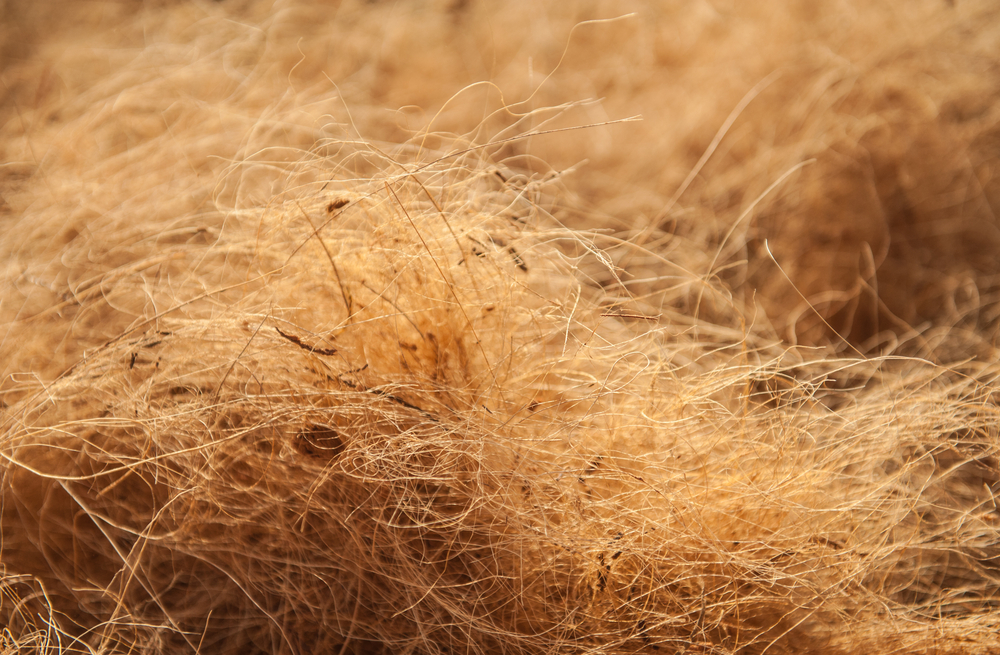
Coir mats are made from natural coconut husks and are an excellent eco-friendly choice for garden bed liners. They are biodegradable and provide great protection against weeds, while also allowing for good water drainage. Coir mats naturally decompose over time, making them a sustainable option for gardeners. This material is also a great choice for improving soil structure as it breaks down.
These mats are easy to cut and fit into your garden beds. Coir is a natural fiber that is free from harmful chemicals, making it a non-toxic alternative. It also helps retain moisture around the plant roots, reducing the need for frequent watering. Coir mats are durable and provide long-term protection for your garden.
Recycled Rubber Mulch
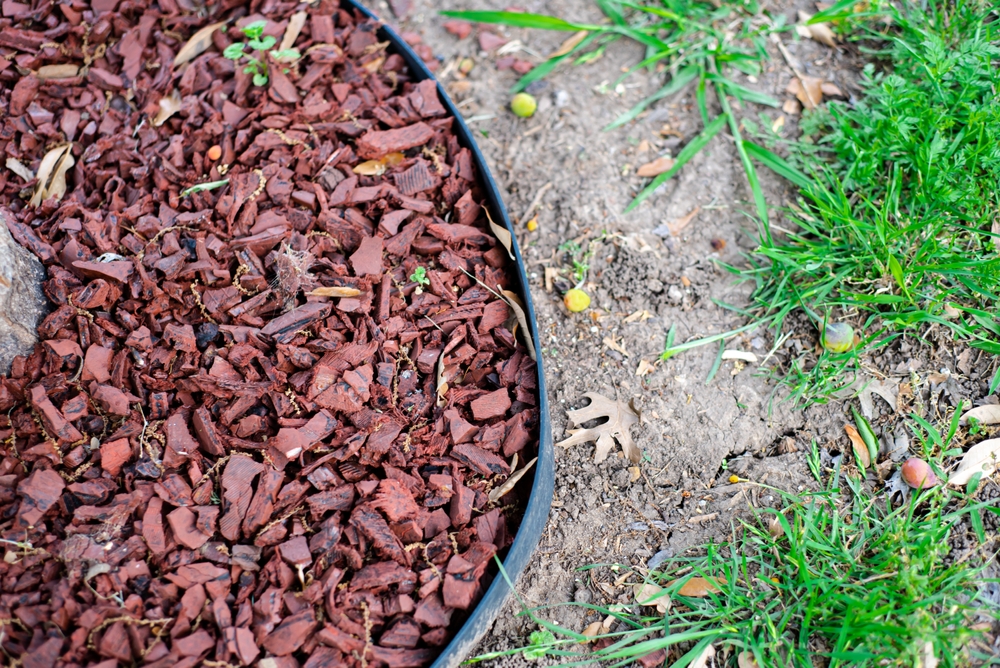
Recycled rubber mulch is a sustainable and non-toxic option for garden bed liners. It is made from recycled tires, which helps keep waste out of landfills while providing a safe lining for your garden. This mulch is non-toxic and safe for plants, as it does not leach harmful chemicals into the soil. It also offers excellent weed control and retains moisture well.
Rubber mulch does not break down quickly, meaning it provides long-lasting protection for your garden beds. It is also a great option for areas where you want to avoid using plastic liners. The rubber material helps to insulate the soil, keeping roots cool during hot weather. Recycled rubber mulch is low maintenance and does not need to be replaced frequently.
Burlap Fabric
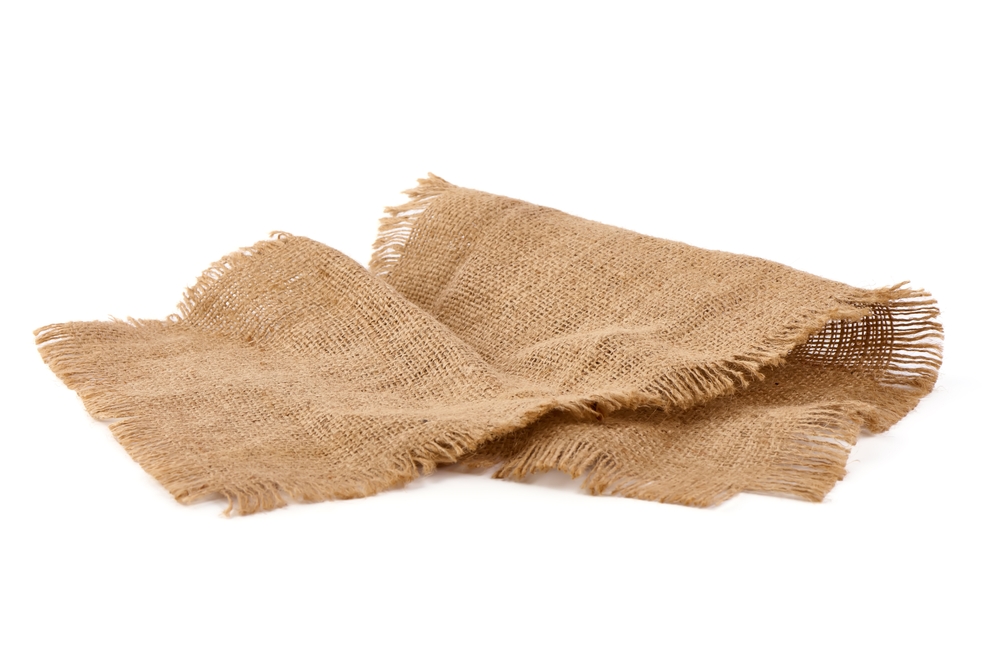
Burlap fabric is a versatile and natural option for garden bed liners. Made from jute fibers, it is biodegradable and non-toxic, offering a simple solution for controlling weeds and maintaining healthy soil. Burlap allows for good water drainage while providing protection from pests and weeds. It is ideal for gardeners who want an affordable, eco-friendly option.
Burlap is easy to work with and can be laid down quickly in garden beds. Over time, it will break down, adding organic matter to the soil. This material is also breathable, promoting air circulation around the plant roots. For a low-maintenance solution, burlap fabric is a great choice for lining your garden beds.
Wool Felt

Wool felt is a natural, biodegradable fabric that is a great non-toxic option for garden bed liners. Made from sheep wool, this material helps retain moisture and nutrients while preventing weed growth. Wool felt is naturally resistant to pests, making it a great choice for organic gardens. It is an environmentally friendly option that works well in both raised beds and in-ground garden beds.
Wool felt is highly durable and can be used in various climates, helping to keep the soil temperature stable. As it decomposes, it enriches the soil with organic material, improving the overall quality of the garden. This liner is a great choice for gardeners looking for a safe and natural alternative to synthetic materials. It provides long-term benefits for the soil and plants.
Hemp Fabric
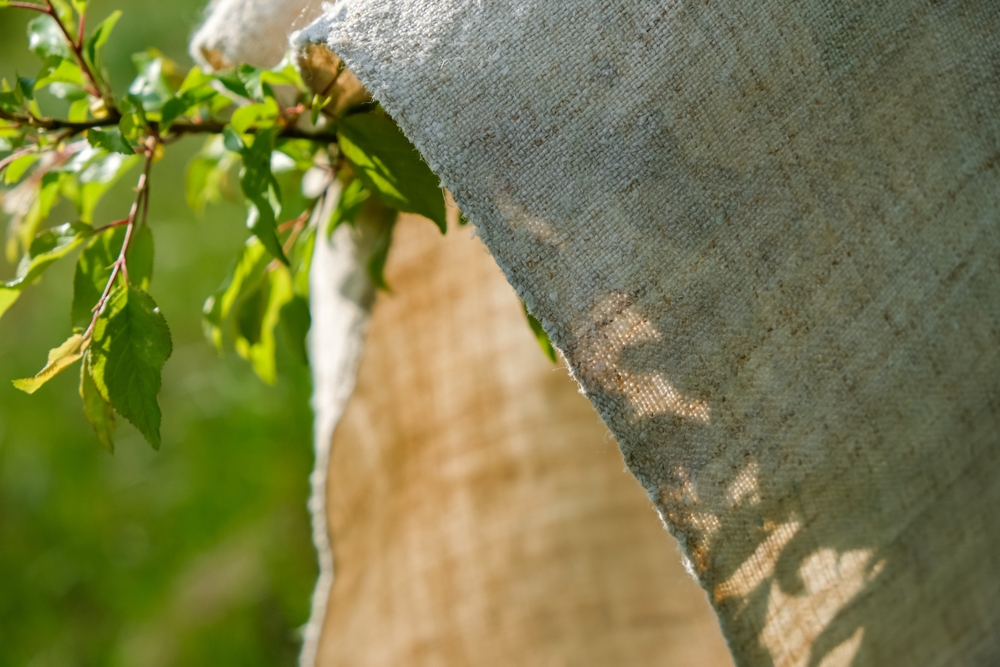
Hemp fabric is another excellent natural and non-toxic option for garden bed liners. It is strong, durable, and biodegradable, offering a safe and eco-friendly way to prevent weed growth and protect your soil. Hemp fabric also allows water and air to flow through, which is essential for maintaining healthy soil and plant roots. It is a sustainable material that decomposes over time, improving the soil structure.
Hemp is naturally resistant to pests and mold, making it a great option for gardeners looking to avoid synthetic chemicals. It is easy to cut and install in garden beds and can be used in various climates. The fabric is lightweight and easy to manage, making it simple to move or replace when needed. Hemp fabric is a top choice for those looking to reduce their environmental impact while caring for their garden.
Jute Burlap
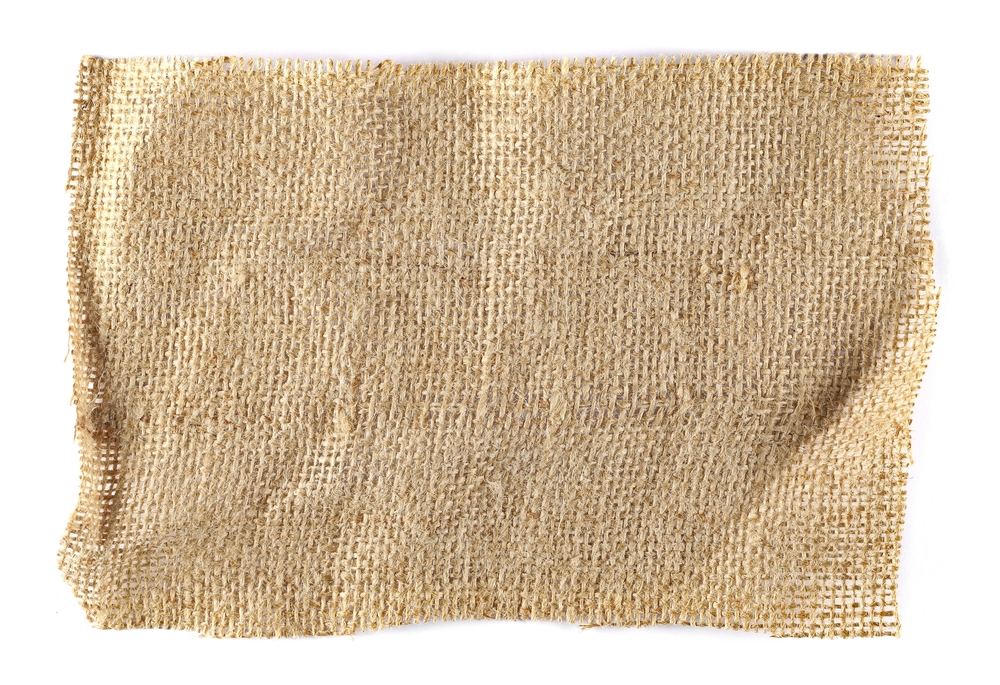
Jute burlap is a natural and biodegradable material that works well as a garden bed liner. It is an affordable and non-toxic option that prevents weed growth while allowing for proper drainage. Jute burlap is made from plant fibers, making it a great eco-friendly option for gardeners. It is particularly useful for raised garden beds and provides long-lasting protection for the soil.
Over time, jute burlap breaks down, adding valuable organic matter to the soil. The material is breathable, helping to prevent soil compaction while maintaining moisture levels. It is easy to handle and can be cut to fit any garden size. For those looking for a natural, chemical-free option, jute burlap is a great choice for their garden.
Cardboard
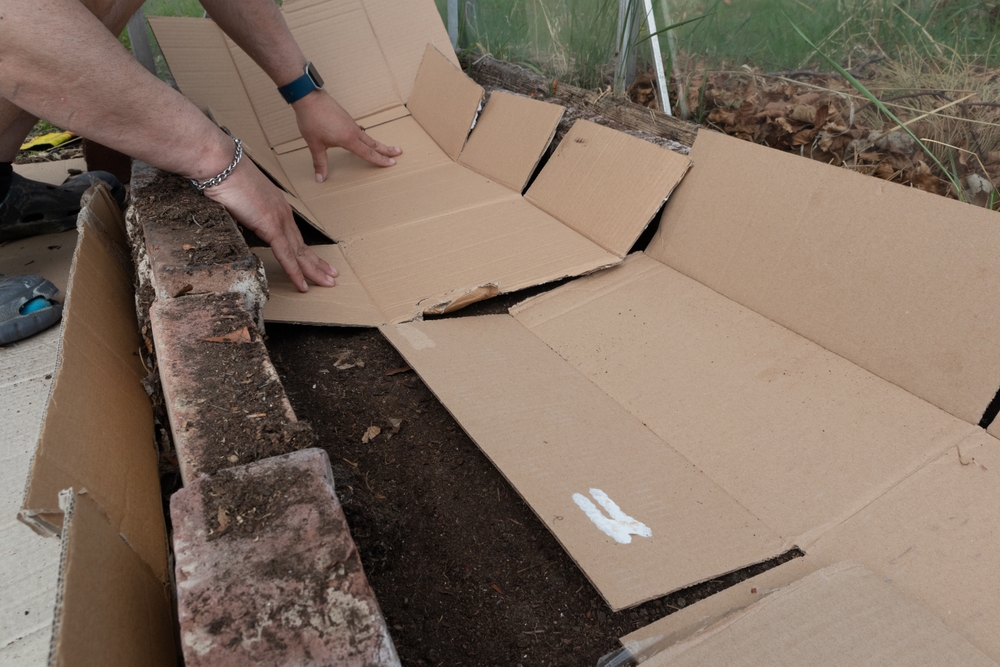
Cardboard is a simple and budget-friendly non-toxic garden bed liner. It is biodegradable and provides excellent weed control when laid down as a liner in garden beds. Cardboard helps to suppress weeds and adds organic material to the soil as it decomposes. It is a safe, chemical-free option that is readily available and can be reused from household packaging.
This liner works well for layering underneath mulch or soil, creating a natural barrier that helps maintain soil structure. It is an easy-to-install option that requires little effort and can be cut to fit your garden beds. Cardboard breaks down over time, enriching the soil with organic matter and improving its fertility. For gardeners seeking an inexpensive, eco-friendly solution, cardboard is an effective choice.
Compostable Fabric
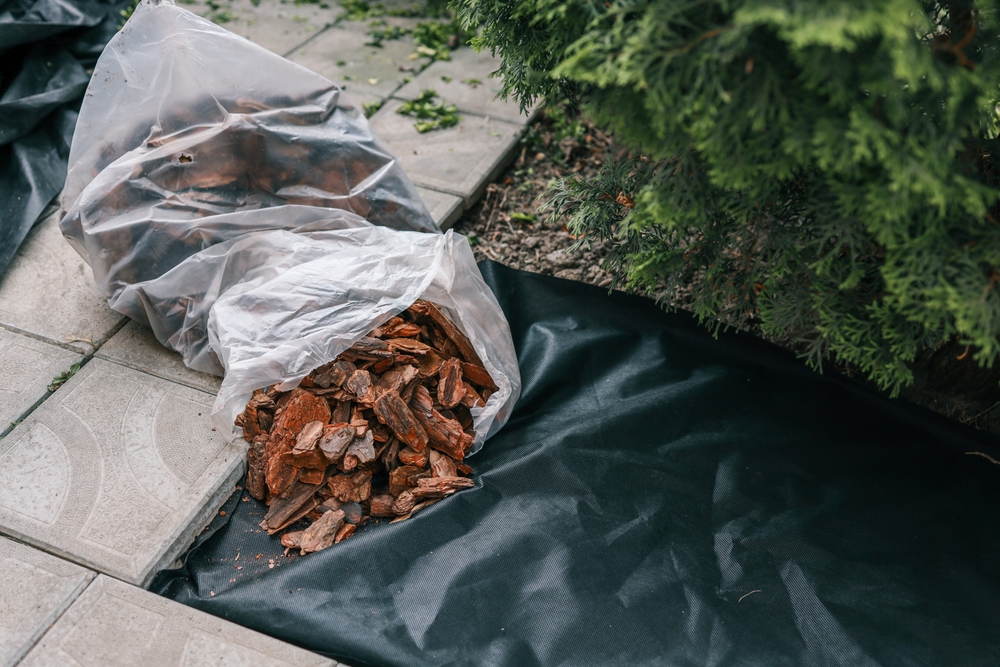
Compostable fabric, made from organic materials like plant-based fibers, is an excellent non-toxic option for garden bed liners. It decomposes naturally, adding nutrients to the soil over time. This fabric helps to prevent weeds, retain moisture, and regulate soil temperature, promoting healthy plant growth. Compostable fabric is an eco-friendly option that is perfect for gardeners who want to minimize their environmental impact.
The fabric is durable and can withstand the elements while remaining breathable for plant roots. It is a great alternative to plastic liners and is safe for both your garden and the environment. As it decomposes, it improves soil quality and encourages better drainage. Compostable fabric is a fantastic choice for those looking for a sustainable, non-toxic liner option.
Wood Chips
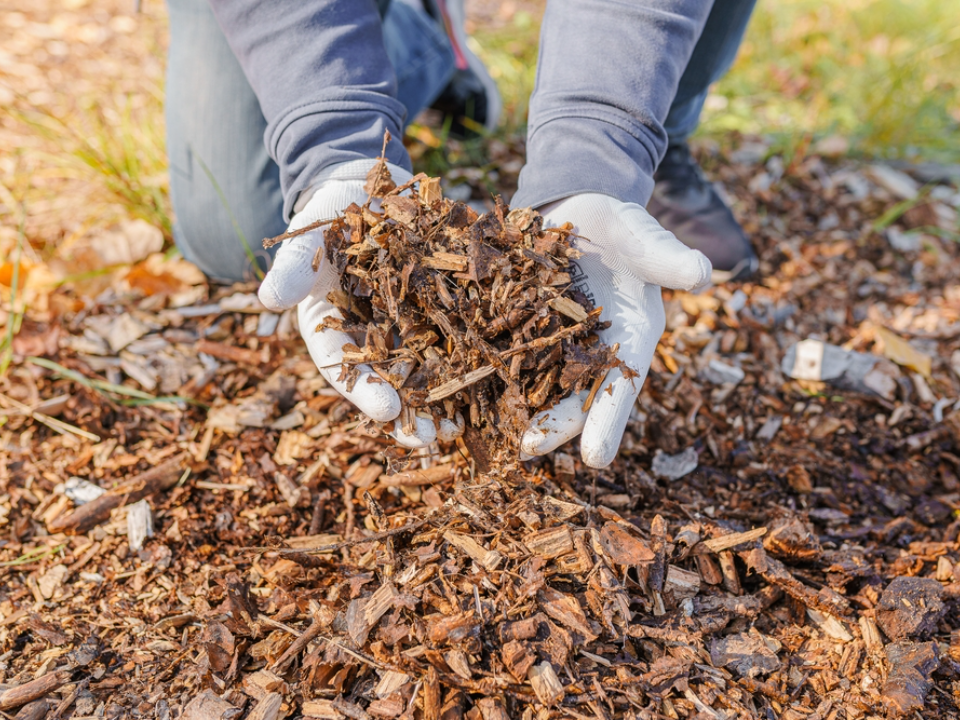
Wood chips are a natural and non-toxic option for lining garden beds. They provide excellent weed control while also improving soil structure as they decompose. Wood chips are rich in carbon, which helps to balance the soil’s nutrient levels. They also help retain moisture in the soil, keeping plants hydrated during the hot summer months.
Wood chips are best used as a top layer over compost or other soil amendments. They provide long-lasting protection and break down slowly, contributing to the soil’s overall health. This liner option is a great way to create a natural, eco-friendly barrier that also helps to maintain energy levels in the soil. Wood chips are a simple, effective, and natural choice for garden bed liners.
Leaf Mulch
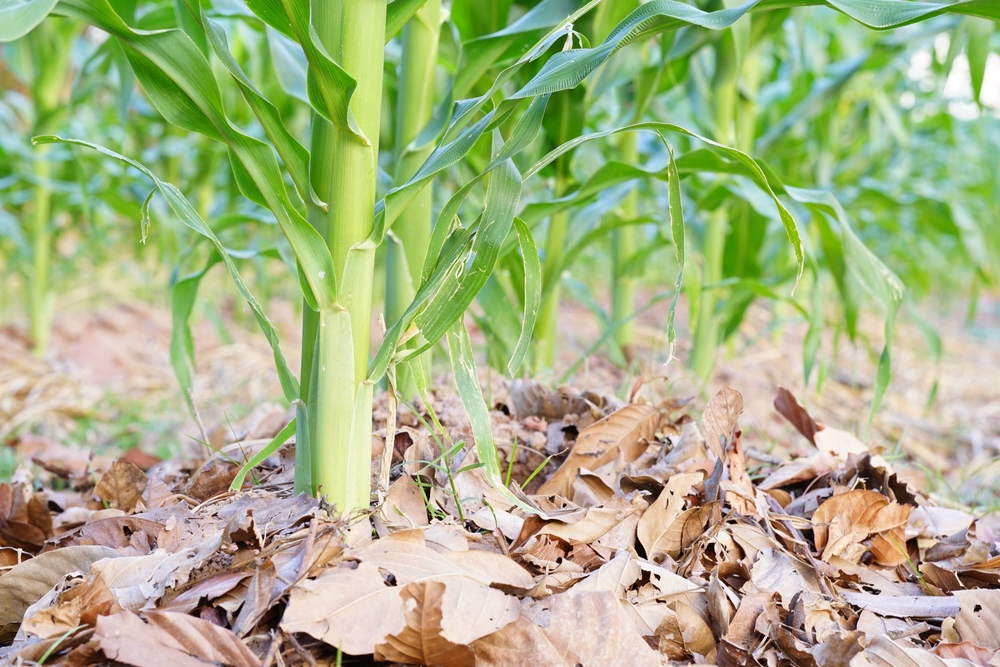
Leaf mulch is an organic, non-toxic material that can be used as a garden bed liner. It provides excellent weed control while also helping to retain moisture in the soil. As the leaves break down, they add valuable nutrients to the soil, improving its health and fertility. Leaf mulch is a natural, chemical-free option for gardeners looking to protect their plants and maintain soil quality.
This mulch can be made from fallen leaves or purchased in bags from garden centers. It is easy to apply and can be layered in garden beds to create a natural barrier against weeds. The leaves decompose over time, enriching the soil with organic material. Leaf mulch is an affordable and environmentally friendly choice for garden bed liners.
Straw
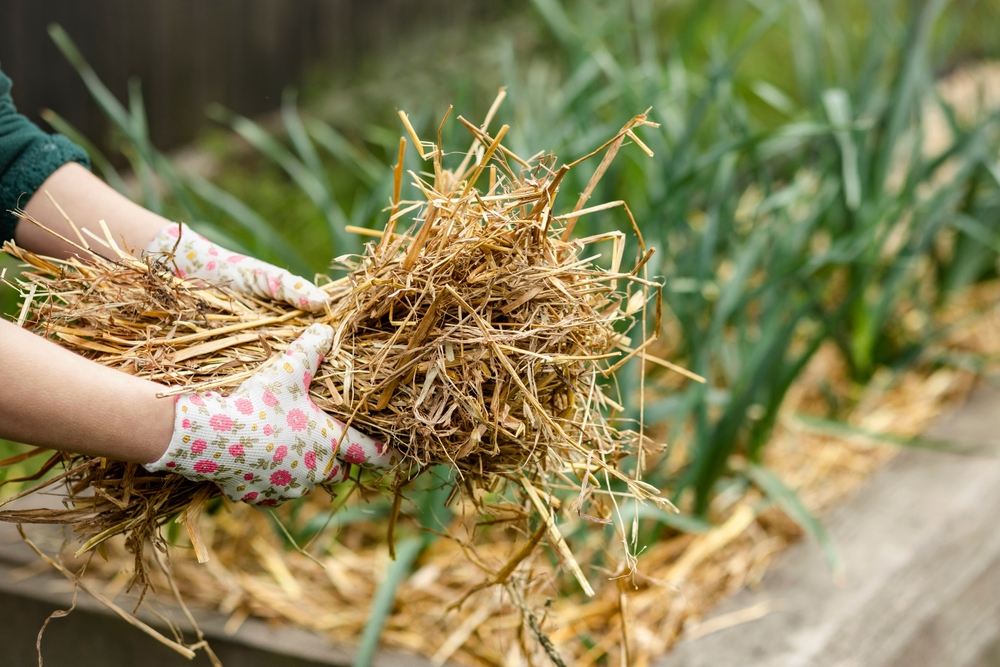
Straw is a natural and affordable option for lining garden beds. It is lightweight, biodegradable, and provides excellent weed control. Straw is high in carbon, which helps balance soil nutrients while retaining moisture. As it breaks down, it adds valuable organic material to the soil, supporting plant health and growth.
Straw works well as a mulch layer and can be spread over compost or other soil amendments. It is easy to apply and helps prevent soil erosion during heavy rain. Straw is a great choice for gardeners looking to improve soil quality while keeping weeds at bay. This simple, non-toxic material is ideal for creating healthy garden beds.
Pine Bark Mulch
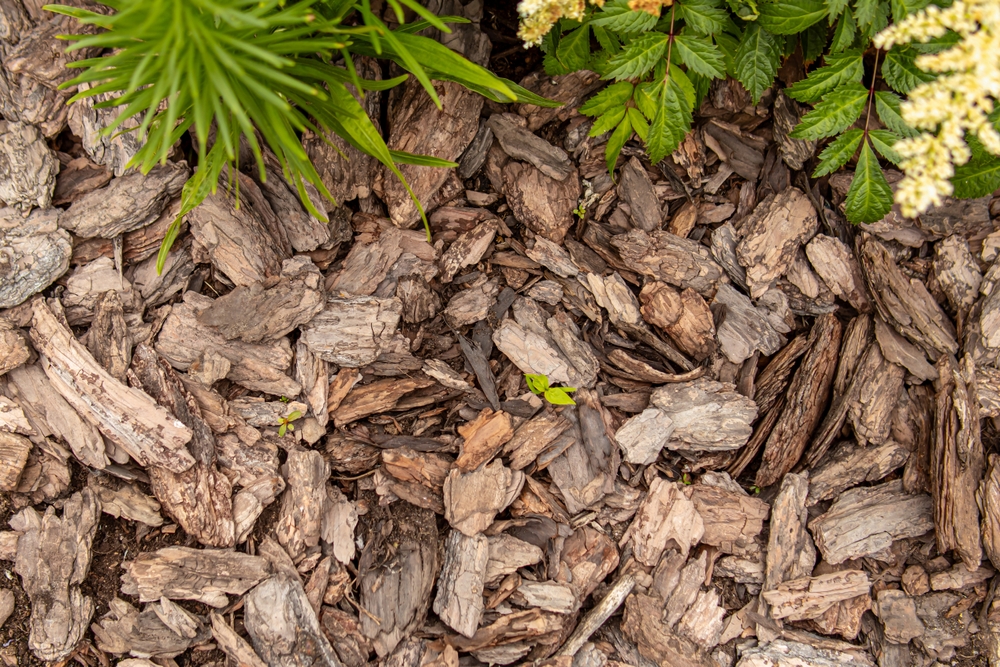
Pine bark mulch is a natural and non-toxic option for garden bed liners. It provides excellent weed control and helps retain moisture in the soil, which is essential for keeping plants hydrated during the summer months. As it decomposes, pine bark adds valuable organic matter to the soil, improving its overall structure and fertility. This material is lightweight and easy to spread over garden beds, making it a great choice for both new and experienced gardeners.
Pine bark mulch also has a slow decomposition rate, meaning it provides long-lasting protection. It can be used around trees, shrubs, and flowers to create a natural barrier against weeds. This mulch is great for helping soil retain its nutrients and maintain consistent moisture levels. Its natural color also adds a rich aesthetic to any garden.
Compost
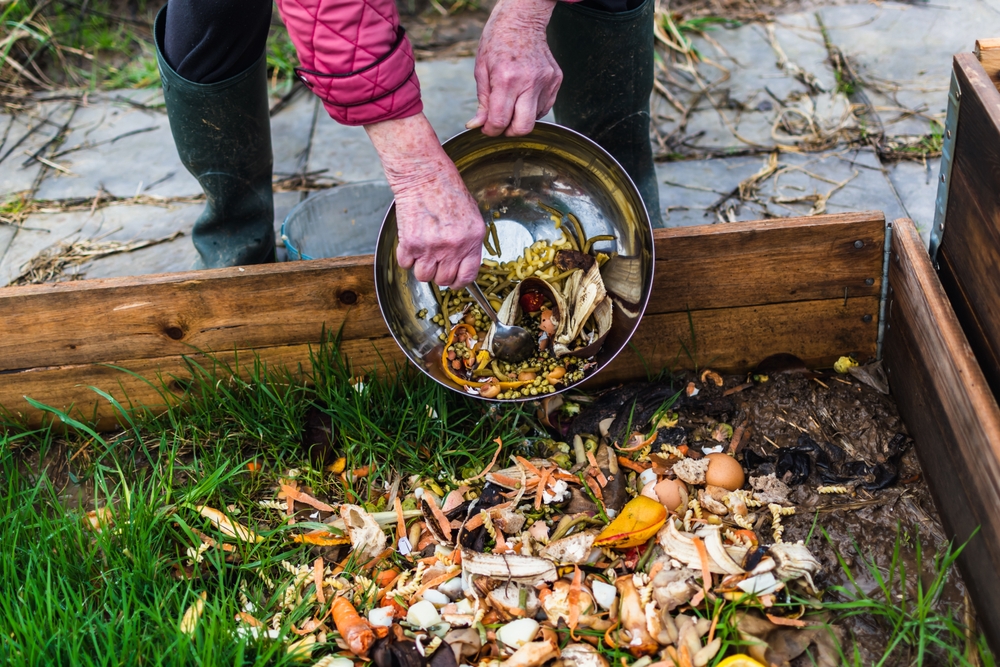
Compost is a nutrient-rich, organic material that is perfect for lining garden beds. It is made from decomposed organic matter, which helps improve soil structure and encourages healthy plant growth. Compost provides essential nutrients like nitrogen, phosphorus, and potassium, which are necessary for boosting immune function in plants. It also helps retain moisture, reduce erosion, and prevent weed growth, making it a valuable addition to any garden.
Using compost as a liner for your garden beds helps improve the overall health of your soil. It is an eco-friendly option that can be created from food scraps, yard waste, and other organic materials. When applied to the soil, compost enhances drainage, prevents compaction, and supports plant growth. Incorporating compost into your garden helps create a more sustainable and nutrient-rich environment for your plants.
Worm Castings
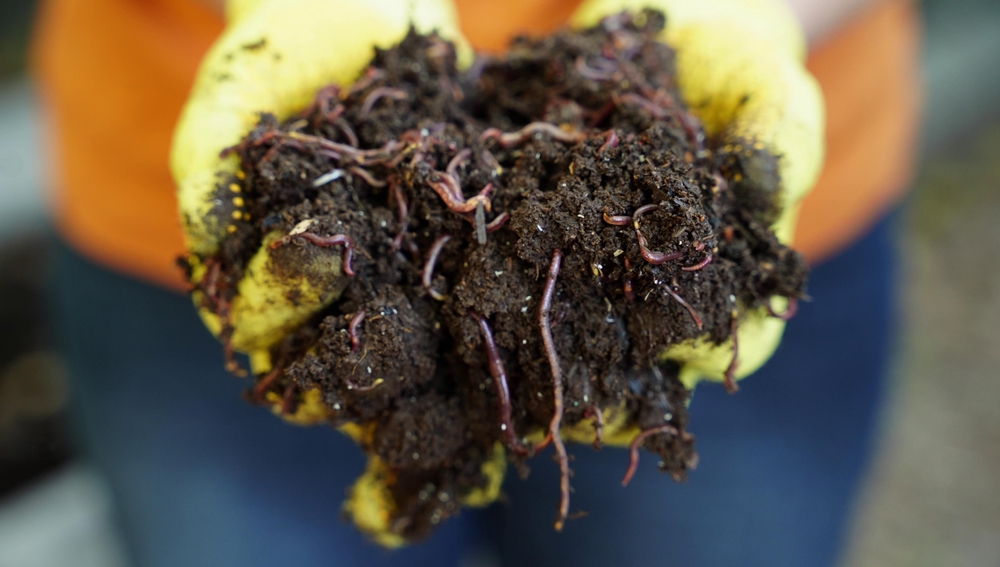
Worm castings, also known as vermicompost, are an excellent natural alternative for garden bed liners. They are rich in nutrients, including nitrogen, phosphorus, and potassium, which help nourish your plants and boost their immune systems. Worm castings also improve soil aeration and water retention, which are important for maintaining energy levels in your plants during the summer. These castings help to build healthy soil by adding beneficial microorganisms that support plant growth.
Worm castings are easy to apply by spreading them directly on the soil or mixing them into the soil. As they break down, they release nutrients that plants can easily absorb, promoting healthy root development. Using worm castings as a liner provides long-lasting benefits for both plant growth and soil health. This natural option is perfect for gardeners looking to improve soil structure and boost plant vitality.
Pea Gravel
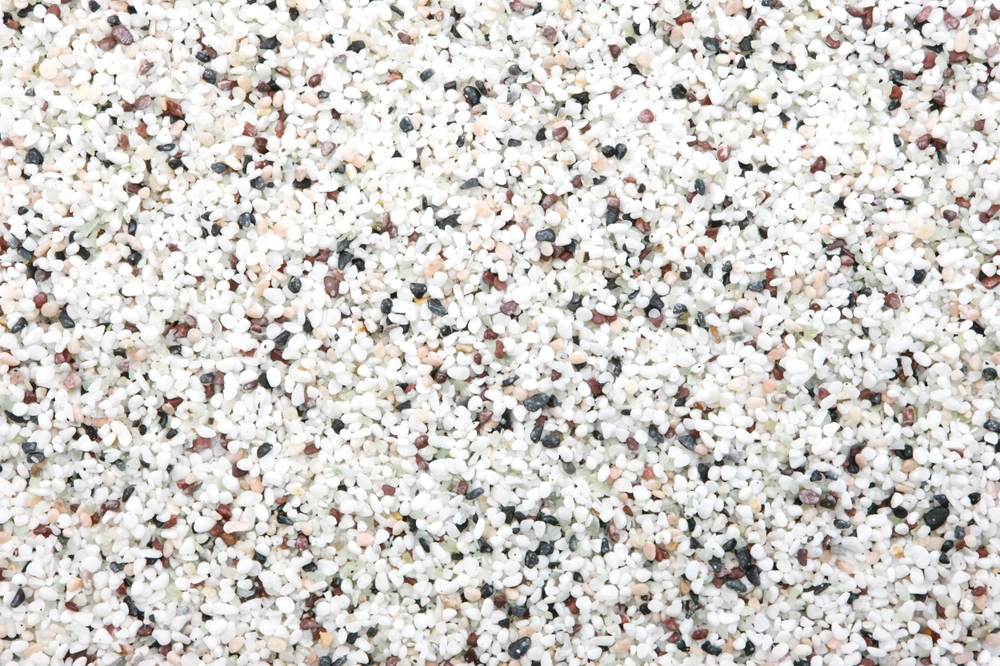
Pea gravel is a non-toxic, natural option that works well for creating a weed barrier in garden beds. This small, rounded stone helps with drainage by allowing water to flow through, preventing the soil from becoming too saturated. It also adds a decorative touch to garden beds while providing protection against weeds. Pea gravel is an excellent material for areas where you need good drainage and a sturdy base for plants.
This material is low-maintenance and durable, as it does not break down or decay over time. Pea gravel is best used as a top layer over other natural liners to provide both aesthetics and functionality. It is easy to spread and can be used in various garden settings, including pathways, flower beds, or around trees. Its ability to regulate moisture and prevent weed growth makes it a reliable choice for garden beds.
Rice Hulls
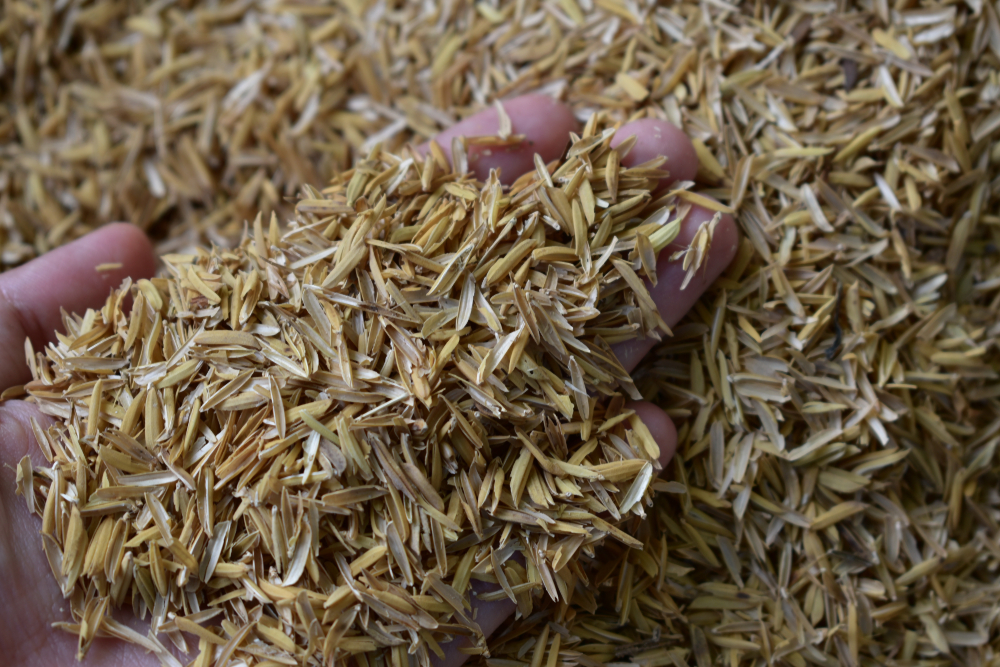
Rice hulls are an organic, biodegradable material that works well as a non-toxic garden bed liner. These small, lightweight pieces are made from the outer shells of rice grains and are rich in silica, which helps improve soil structure. Rice hulls provide excellent aeration and drainage, allowing plant roots to thrive without being waterlogged. They also help reduce weed growth while adding valuable organic matter to the soil.
Rice hulls are easy to apply and break down slowly, contributing to long-term soil health. They are a sustainable option that helps to reduce waste from rice production, making them an eco-friendly choice for gardeners. This material works well in raised beds, providing a lightweight, natural lining that supports healthy plant growth. Using rice hulls can improve water retention while promoting strong root development in your plants.
Non-toxic garden bed liners are a great way to support both your plants and the environment. These options offer protection from weeds, retain essential moisture, and encourage healthy soil. Consider incorporating these sustainable materials into your garden for healthier plants and a better-growing experience.
This article originally appeared on Avocadu.
